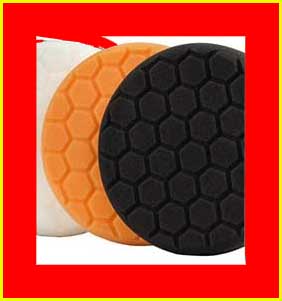PaulB
- Reaction score
- 3
- Thunderbird Year
- 1959
This weekend I replaced the master cylinder, adjusted brakes and bled the brakes. At least I bled the back wheels. Lots of air came out of the first wheel. Hardly any from the second wheel which tells me I got most of the air out of the lines. I did not bleed the front wheels because I could not get a wrench on the bleeder valve. I tried flared nut wrenches as well as standard open-end wrenches with no luck. An odd place to put the bleeder valve so close to suspension parts.
Anyway, the pedal was spongy and went almost to the floor when I started. After doing all this I saw no improvement. Without taking the wheels off there is no evidence of leaking wheel cylinders and no leaks coming from the master cylinder. I think the only thing left is the power brake booster, but that's under the dash and I don't want to take on that major job unless I know for sure that is the only thing left that it can be. So that's my first question.
The second question is; is it not uncommon for the brake pedal to travel four to six inches or so before engaging? It doesn't go to the floor, I have maybe two inches or so before I'd hit the floorboard. And the brakes stop the car but not suddenly or abruptly. It's more of a slowdown. I was thinking we're all so use to disc brakes these days that maybe I've forgotten that's the way it is with drum brakes. Any advice or suggestions would be most welcome.
Anyway, the pedal was spongy and went almost to the floor when I started. After doing all this I saw no improvement. Without taking the wheels off there is no evidence of leaking wheel cylinders and no leaks coming from the master cylinder. I think the only thing left is the power brake booster, but that's under the dash and I don't want to take on that major job unless I know for sure that is the only thing left that it can be. So that's my first question.
The second question is; is it not uncommon for the brake pedal to travel four to six inches or so before engaging? It doesn't go to the floor, I have maybe two inches or so before I'd hit the floorboard. And the brakes stop the car but not suddenly or abruptly. It's more of a slowdown. I was thinking we're all so use to disc brakes these days that maybe I've forgotten that's the way it is with drum brakes. Any advice or suggestions would be most welcome.
This page contains affiliate links for which I may be compensated. As an eBay Partner, and Amazon Associate I may be compensated if you make a purchase at no cost to you.




